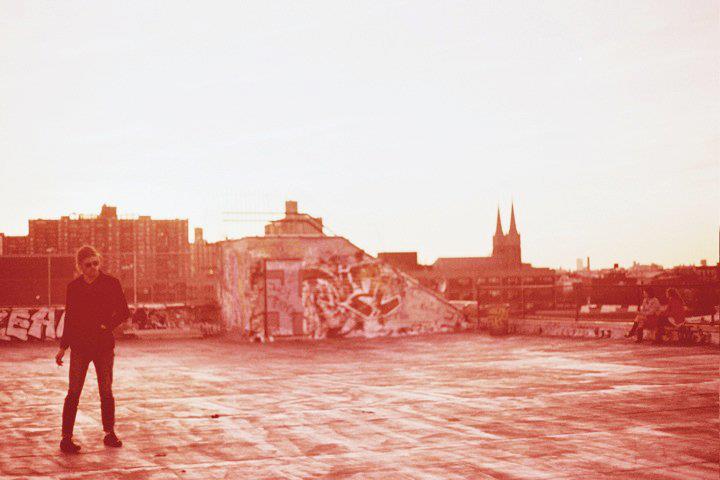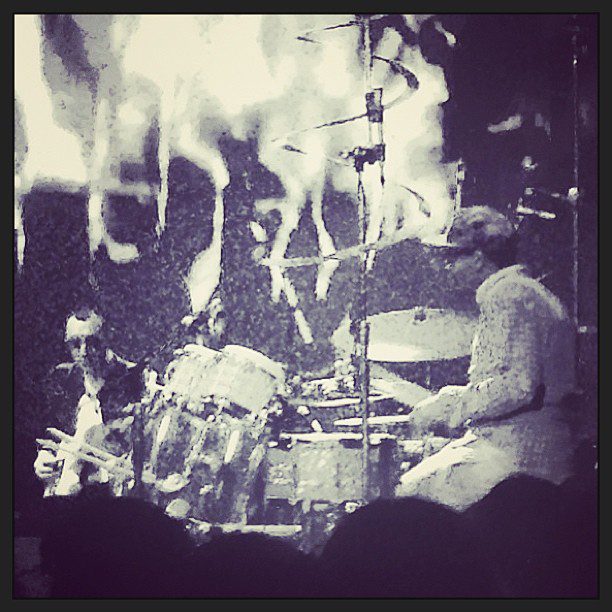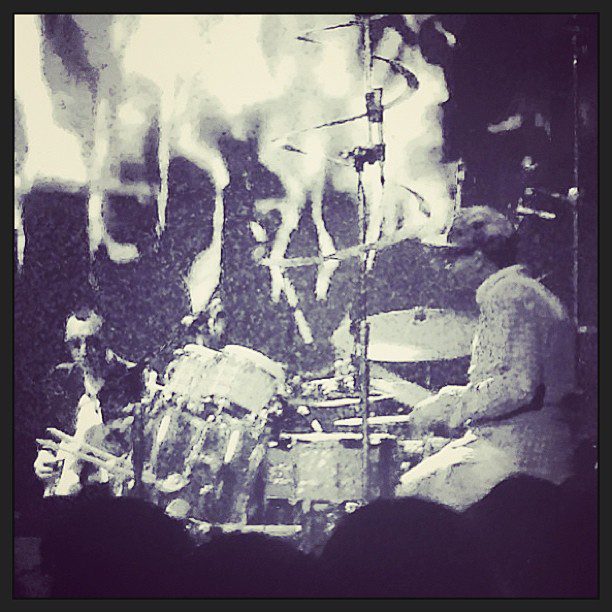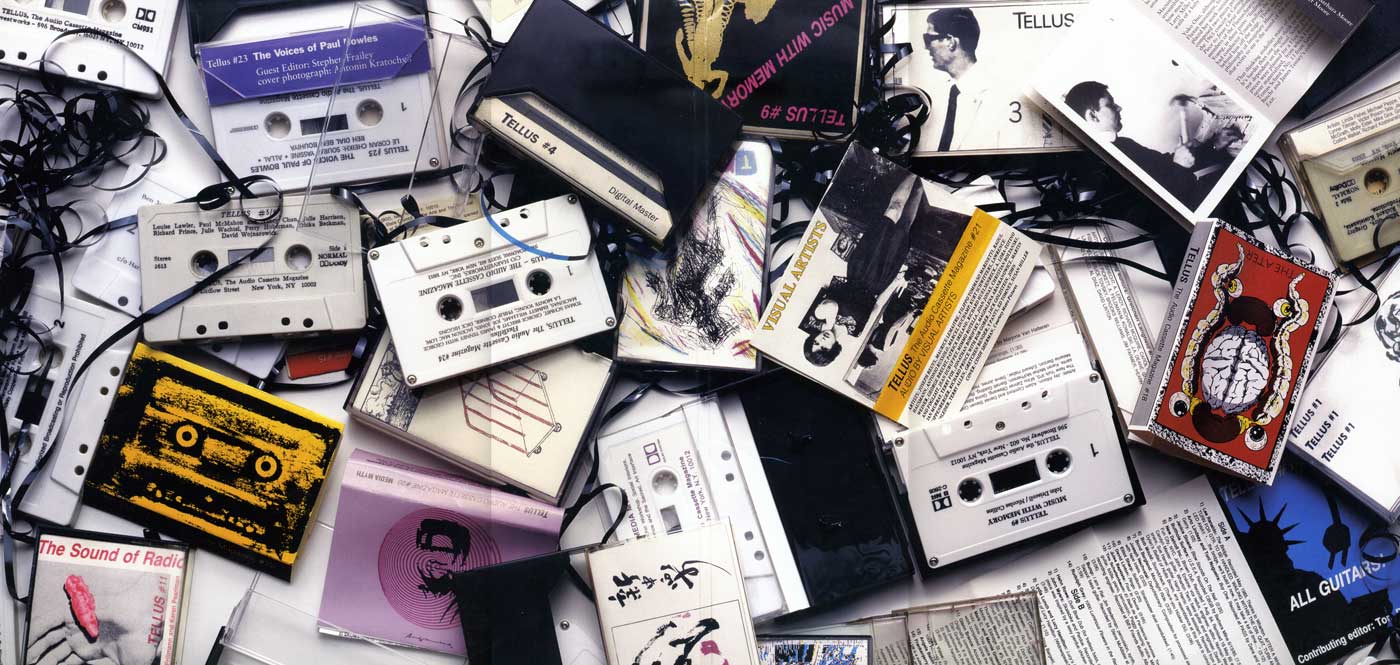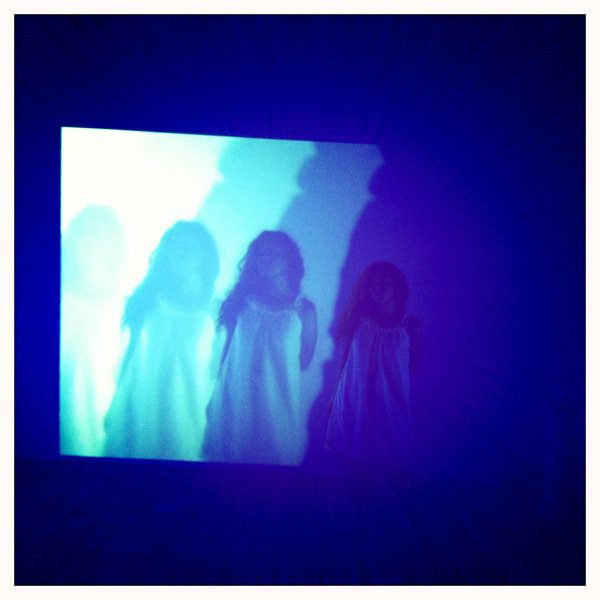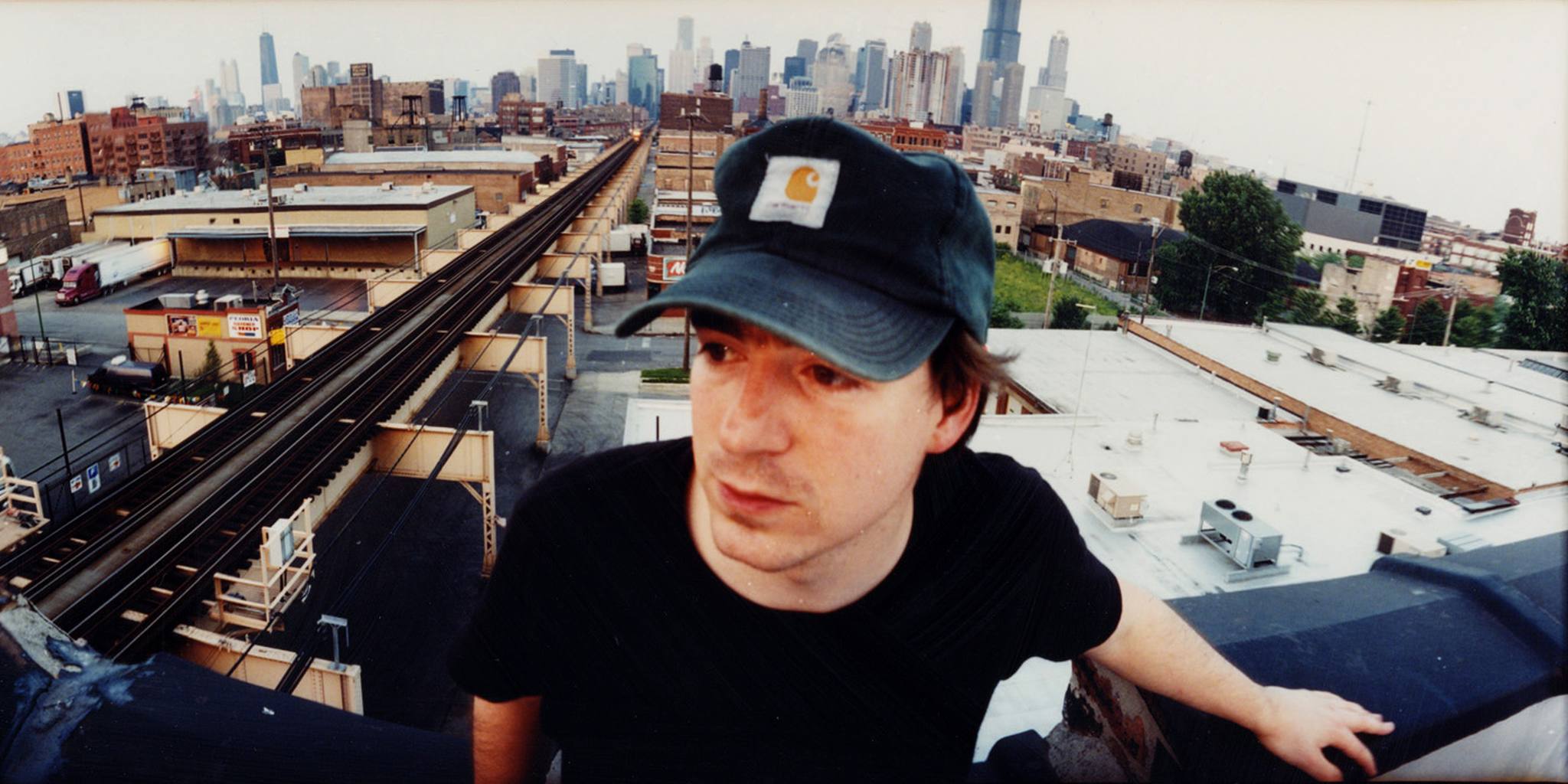
If a voice could be like a landscape, Jason Molina’s mirrored perfectly the Ohio in which I’d grown up – fertile though a bit bleak; not so dramatic but constant and comforting, even if somewhat mournful; tired cornstalks waving beneath gentle Appalachian foothills, meeting gritty, unglamorous industry; a landscape that presents itself casually as if to say here this is, it’s pretty much nothing but you can have it.
The fact that Molina, like myself, was from Ohio made me feel an instant kinship to the music he made, whether it had the folksy qualities of his earliest releases, the gospel overtones of Didn’t It Rain or the blues-infused urgency of Magnolia Electric Co. recordings – it all felt like sides of the same coin and it gave everything a sad, romantic twinge. I loved that he referenced things and places I knew, that we even had friends in common (though we never met). I can’t tell you how many hours I spent alone in a car with that voice and that same landscape spooling outside my window during trips across state to visit my parents in Cleveland while I was going to school in Columbus, or how I’d mouth the words “you can’t get here fast enough” in the throes of a long-distance Kent-Columbus relationship, with “The Lioness” on repeat.
The day I found out that Jason Molina died would have been my friend Robert’s 33rd birthday. Robert, like Molina, had succumbed to drug addiction, alone, suddenly, and far too young. When Robert died, I turned to Molina for comfort because we had both loved those songs. I even posted lyrics from lyrics from “Goodnight Lover” on his facebook wall after his passing: “How will I live without you / Without your customs… How selfish for time to conclude / what would be the day / for leaving to work its charm on you”. And when I thought of Molina dying alone in a hotel room with a single number in his phone (as reported by his friend Henry Owings on Chunklet) I again combed lyrics for comfort, and finding relevant verses was pretty much the only easy thing about the whole situation. Every other song concerns itself with death and ghosts and depression and passage from one part of life into the next.
Later that day I was discussing Molina’s death with another friend of mine who has also struggled with depression and had found particular resonance in that aspect of the music. He had this hypothesis that Molina’s biggest fans were all depressed to some degree, and that was why we gravitated toward it so. It feels like a thing that could be absolutely true, but it’s also a truth I didn’t want to subscribe to wholly; I’d have to lump myself into that category. To say Molina’s work meant a lot to me is an understatement – it feels more like the fiber of my being: roots of a family tree, blood running through my veins, equal parts biography and biology. And yes, it has supported me through some difficult times. But in the end I always looked to his lyrics for bits of beauty and promise. The darkness was there but there were glimmers of light – the moon, the stars, headlights on an otherwise lonesome highway. As often as Molina sang about endings, he sang about being thrashed by hope. It never came off as hokey because it was bathed in this harsh brand of realism, a harshness that gave every note poignancy. It wasn’t just in the words themselves but how he sang them. It reverberated in every strum of his guitar.
And he wasn’t as morose as all of this makes him out to be. He was warm and funny and extremely hardworking. Below is a recording my roommate made at a Columbus show in 2004. He had this to say about the performance:
The set is fun, varied, relaxed, and seems to be a transitional time for Molina as he had just switched monikers from Songs: Ohia to Magnolia Electric Company. He cracks jokes, plays Ozzy riffs between songs, apologizes to Scout Niblett for forgetting to ask her on stage during “Riding with a Ghost”, and ends the set with two covers eventually flooding the stage with people for a rendition of “You Ain’t Going Nowhere.”
[fusion_builder_container hundred_percent=”yes” overflow=”visible”][fusion_builder_row][fusion_builder_column type=”1_1″ background_position=”left top” background_color=”” border_size=”” border_color=”” border_style=”solid” spacing=”yes” background_image=”” background_repeat=”no-repeat” padding=”” margin_top=”0px” margin_bottom=”0px” class=”” id=”” animation_type=”” animation_speed=”0.3″ animation_direction=”left” hide_on_mobile=”no” center_content=”no” min_height=”none”][fusion_soundcloud url=”http://api.soundcloud.com/tracks/89633752″ params=”” width=” 100%” height=”166″ iframe=”true” /]
By all accounts, the last few years of Molina’s life were a struggle. He didn’t stop making music as he was shuttled around from rehab to hospital and back again, but lack of insurance and the tolls of addiction finally brought that struggle to an end. Molina was relentlessly creative and contributed more in his short life than most ever will, and we’re lucky to have the stunning body of work he left us. I was going to end this piece with some of Molina’s own words as they really do make the most fitting epitaph, but there was really too much to choose from. Instead, I urge those unfamiliar with his work to explore the catalogue and find meaning within the work as it applies to living the fullest life possible, whatever beauty and pain that entails.
To make a contribution in memoriam, please donate here.[/fusion_builder_column][/fusion_builder_row][/fusion_builder_container]




